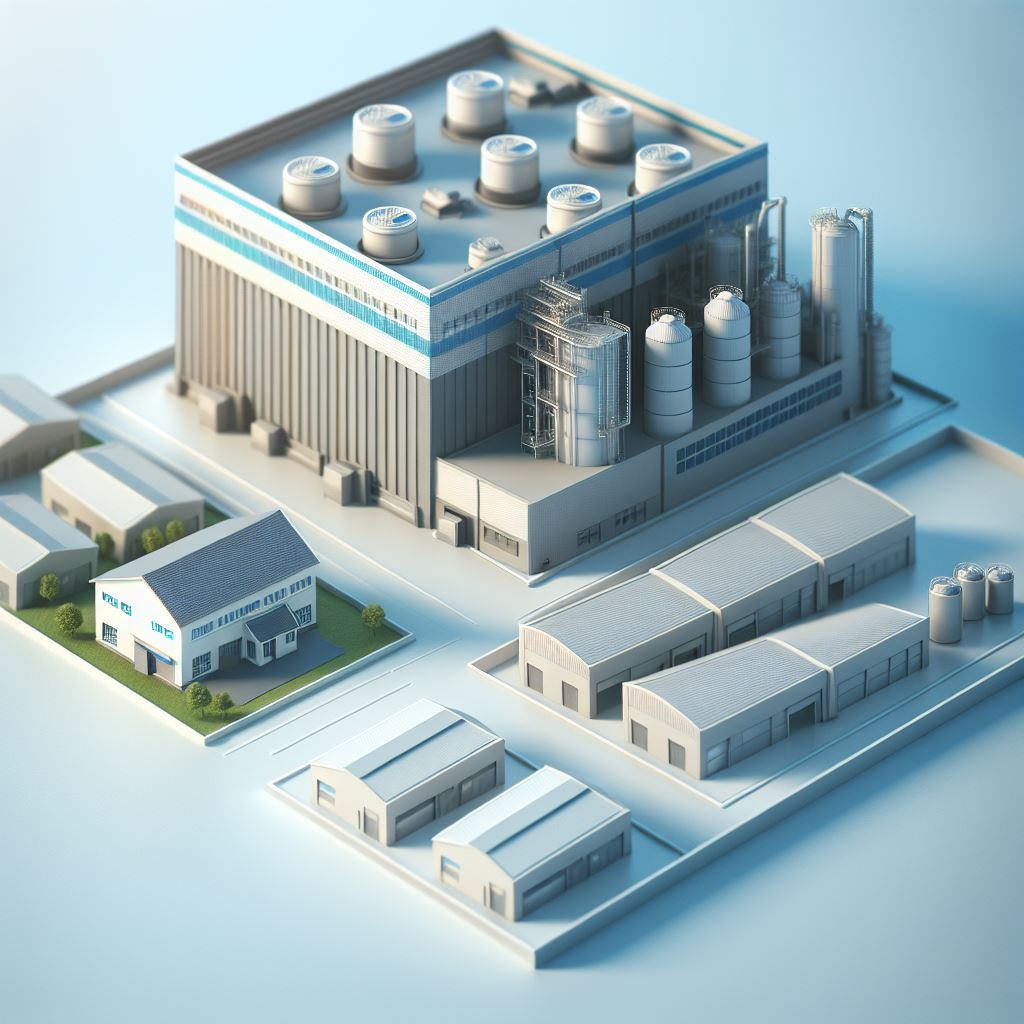3 Strategies from Leaders that Thrived
- Fearlessly focusing on key elements of the business

As a small manufacturer, fearlessly focusing on key business elements is essential for sustainable growth and improvement. Prioritizing core competencies—such as product quality, customer relationships, and operational efficiency—allows for smarter resource allocation and sharper strategic direction.
Key areas to focus on:
- Process Optimization – Streamline operations to reduce waste and improve productivity.
- Customer Engagement – Build strong relationships to better understand and meet customer needs.
- Technology Adoption – Leverage digital tools to enhance efficiency and competitiveness.
Embracing these priorities enables small manufacturers to build resilience, differentiate themselves in the market, and create a strong foundation for long-term success.
- Adding new team members to grow

Expanding your team by adding new members in key positions is a strategic move that can significantly accelerate growth and improve operational efficiency. As your business scales, having dedicated professionals in areas like sales, production, marketing, and order processing ensures that each function receives the focus and expertise it needs. This not only enhances performance but also allows leadership to concentrate on long-term strategy and innovation.
Critical roles to consider when growing your team:
- Sales Manager – Drives revenue growth by building customer relationships and closing deals.
- Production Supervisor – Ensures product quality and timely delivery through efficient operations.
- Marketing Specialist – Builds brand awareness and generates leads through targeted campaigns.
- Order Processing Coordinator – Manages order flow, ensuring accuracy and customer satisfaction.
By filling these roles with skilled professionals, you create a more agile and responsive organization. Each team member brings unique strengths that contribute to smoother workflows, better customer experiences, and a stronger market presence. This investment in talent is a foundational step toward sustainable growth and long-term success.
- Growing into a larger facility

Expanding into a new facility is a major milestone for a small manufacturer, signaling growth, increased demand, and a commitment to scaling operations. This move allows for greater production capacity, improved workflow, and the opportunity to invest in more advanced equipment. It also creates space for expanding teams and enhancing safety and efficiency. However, the transition must be carefully planned to minimize disruption and maximize the benefits of the new environment.
Key considerations when moving into a new facility include:
- Layout Planning – Design the space to optimize production flow and minimize bottlenecks.
- Equipment Upgrades – Assess opportunities to modernize machinery or add new capabilities.
- Logistics Coordination – Plan the move to avoid downtime and ensure a smooth transition.
- Compliance & Safety – Ensure the new facility meets all regulatory and safety standards.
By addressing these factors, small manufacturers can turn a facility upgrade into a strategic advantage. The new space not only supports current operations but also positions the business for future growth, innovation, and improved customer service.
